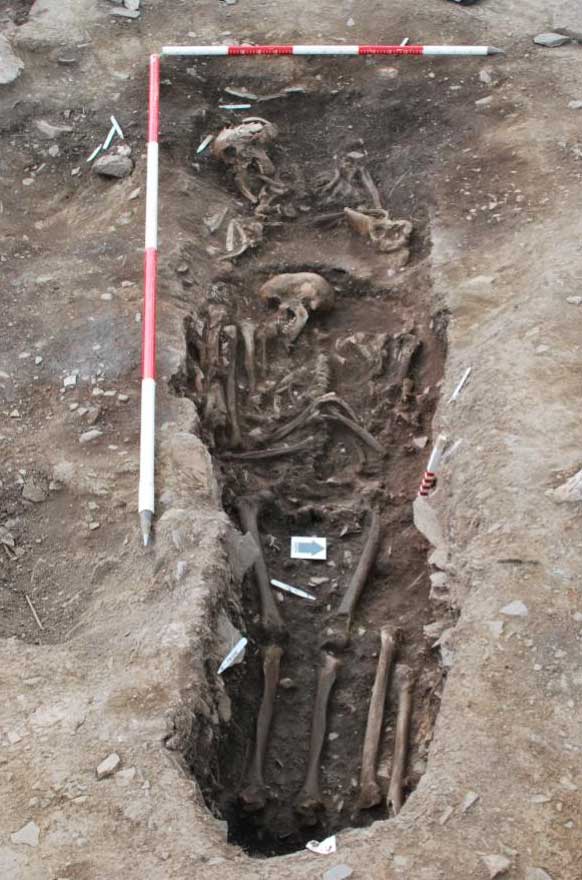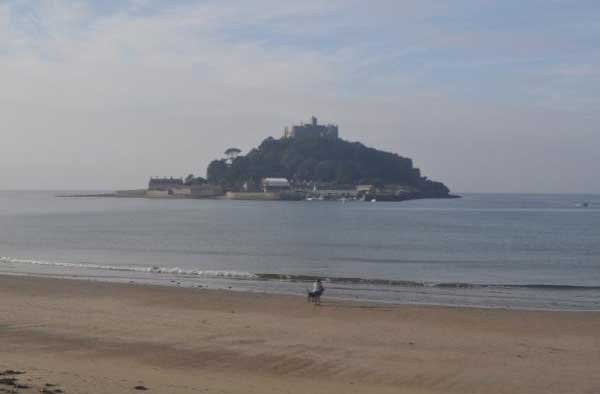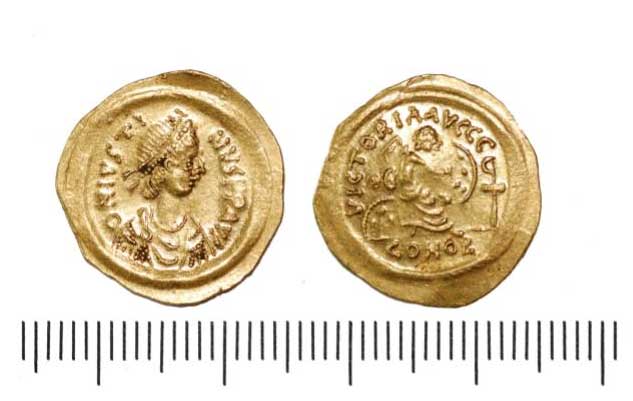Hidden Kingdoms: Aim, objectives, work-packages (WPs) and methods
The aim of this project will be to explore how communities in South-West Britain first adapted to life after the Roman Empire – including within the British kingdoms of Dumnonia and the ‘West Welsh’ – and then faced the new challenge of becoming absorbed within an Anglo-Saxon kingdom from the 7th century.
The study area covers five pre-1974 counties (Cornwall, Devon, Dorset, Somerset, Wiltshire) along with southern Gloucestershire, comprising areas that came under the control of kingdoms with an Anglo-Saxon identity relatively early (Wiltshire), relatively late (Somerset and Devon, mid-7th century), and remained British throughout the period of this project (Cornwall). Three specific objectives will be achieved through three linked work packages.

Objective 1. To understand the rural communities of western Britain’s hidden kingdoms, the landscape’s relationship to the preceding late Roman countryside, and how it supported the conspicuous consumption seen on elite (notably hilltop and coastal) sites (WP1: The rural landscape, Stephen Rippon and Chris Smart).
1.1. A baseline survey will identify excavated rural settlements with stratigraphic, artefactual, and radiocarbon evidence for 5th-7th century occupation.
1.2 A critical assessment of the evidence for insular material culture production in the South West (focussing on metalwork and pottery).
1.3. The extent to which late Roman settlements were occupied into the 5th-7th centuries will be assessed, alongside an analysis of which parts of the landscape saw newly established settlement (developer-funded archaeology is increasingly using radiocarbon dating to reveal sites of this period, with a recent assessment of Exeter’s hinterland as part of the Exeter: A Place in Time Project revealing 20 such sites).
1.5. Previous research on palaeoenvironmental data including pollen sequences, faunal remains and charred cereals will be updated in the light of recent fieldwork.
Image: Early medieval burials at Dainton Elms Cross, Ipplepen, Devon: one of many inhumation cemeteries across the South-West that are more archaeologically visible than low-status settlement (© Stephen Rippon)

Objective 2. To understand places of power and their relationship to systems of rulership (WP2: Hillforts and hilltop settlement, Andy Seaman, Cardiff-based researcher (yet to be appointed), and Tim Young):
2.1 Most excavations of reoccupied hillfort/hilltop settlements were in the 1960s/70s, with the resulting publications being of variable quality, so an initial task will be to prepare a synthesis to compare their extent/character.
2.2 A GIS enabled analysis of hillfort environs will explore their relationships to their wider social/economic hinterlands (e.g. routeways, harbours/havens, and economic resources including the agricultural potential and access to minerals), following the model in Seaman and Sucharyna Thomas (2020).
2.3. Evidence for ferrous and non-ferrous metalworking has the potential to significantly enhance our understanding of the function of hilltop sites but the SW British material has not been systematically studied with modern techniques, an issue this project will address.
2.4 Targeted radiocarbon dating and Bayesian analysis of articulated animal bone from securely stratified contexts will establish new data on when hillforts/hilltop settlements were (re)occupied and abandoned.
Image: St Michael’s Mount, Cornwall: one of many high-status coastal and/or hilltop places in the South-West of Britain where pottery imported from the Mediterranean has been found (© Andy Seaman)

Objective 3. To understand the evolution of the economy (WP3: coinage and other metalwork, John Naylor)
3.1. An analysis of the circulation of coinage (clipped late Roman siliquae, imported and Anglo-Saxon issues) will explore the changing patterns of wealth, power and economic relationships across SW Britain. They will utilise the rapidly growing dataset of PAS finds and hoards, providing the first systematic and integrated study of 5th-7th-century coin-use in region.
3.2 The finds of late Roman and early medieval metalwork from hillforts were either published many decades ago or with little detail and so these finds will be re-assessed in the light of more recent material culture research to better understand and potentially re-identify and re-date them.
3.3 Cemeteries excavated in the west and east of the study area have traditionally been regarded as ‘sub-Roman/British’ and ‘Anglo-Saxon respectively’. Their grave-goods will be re-assessed, including the ‘Anglo-Saxon’ objects in ‘sub-Roman’ cemeteries, to better understand the perception of ‘Anglo-Saxon’ material culture. This WP will benefit from the separately funded aDNA analysis being carried out on the cemetery at Ipplepen in Devon.
3.4 Stray finds of metalwork reported to the PAS and from excavated non-hillfort rural settlements will be compared to the material excavated from hillforts and cemeteries.
Image: A gold Byzantine Semissis of Justin II (565-78) struck in Sicily. Found Kelston (in Bath & NE Somerset): as it was minted in Sicily, it is quite possible that it arrived as a result of trade via the Straits of Gibraltar or the River Garonne. PAS GLO-A8A3F5 (© Bristol County Council)
